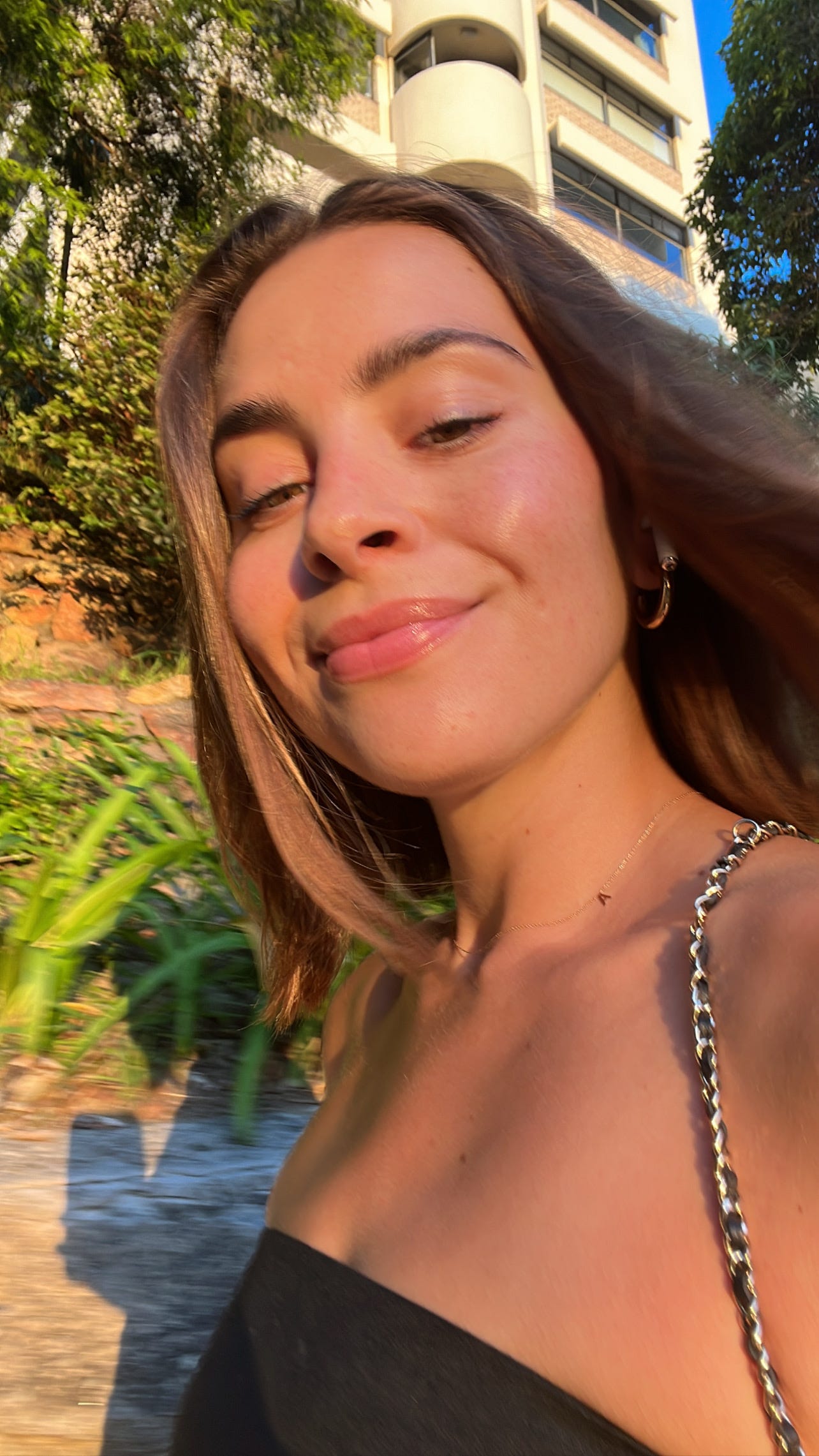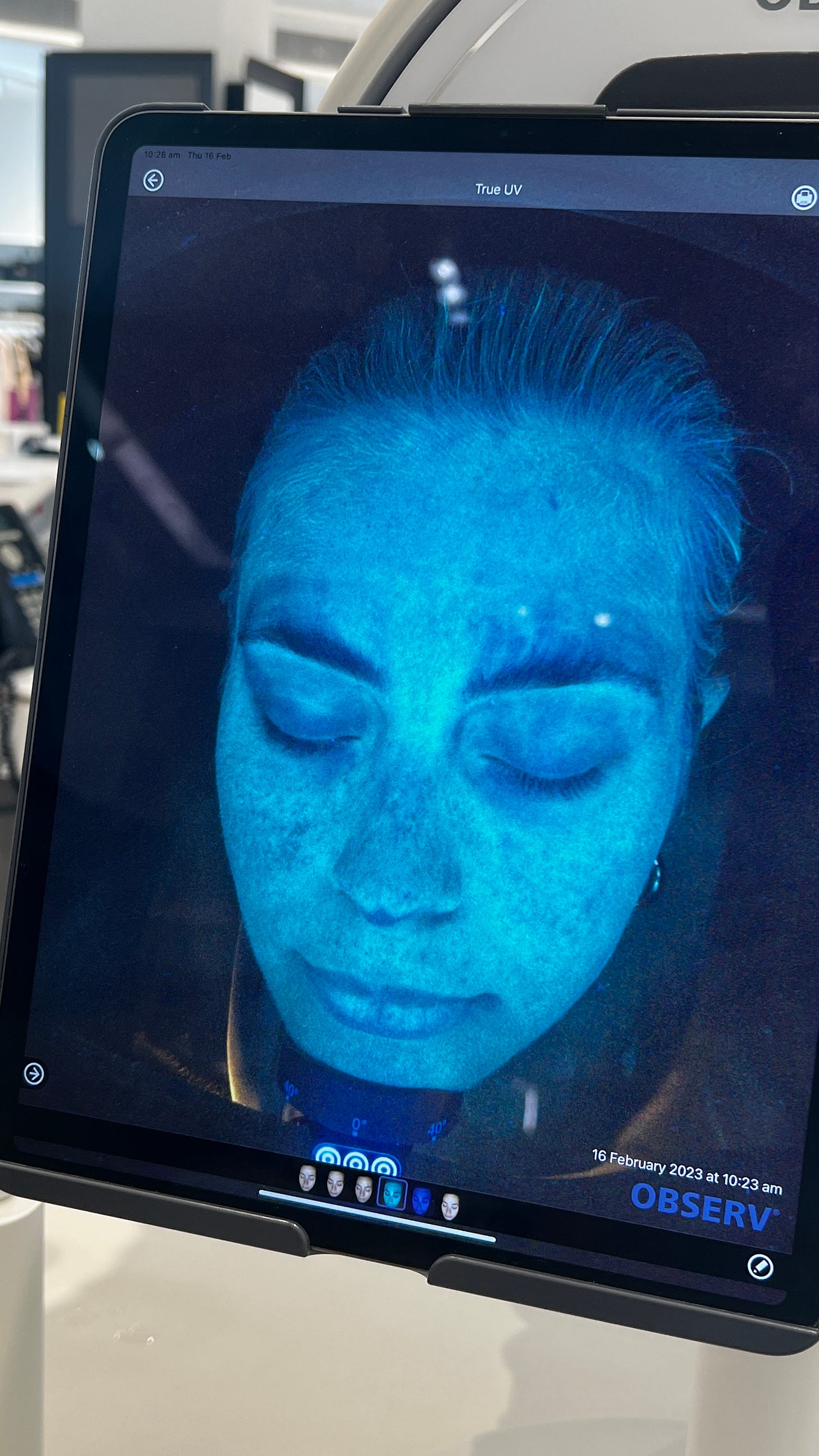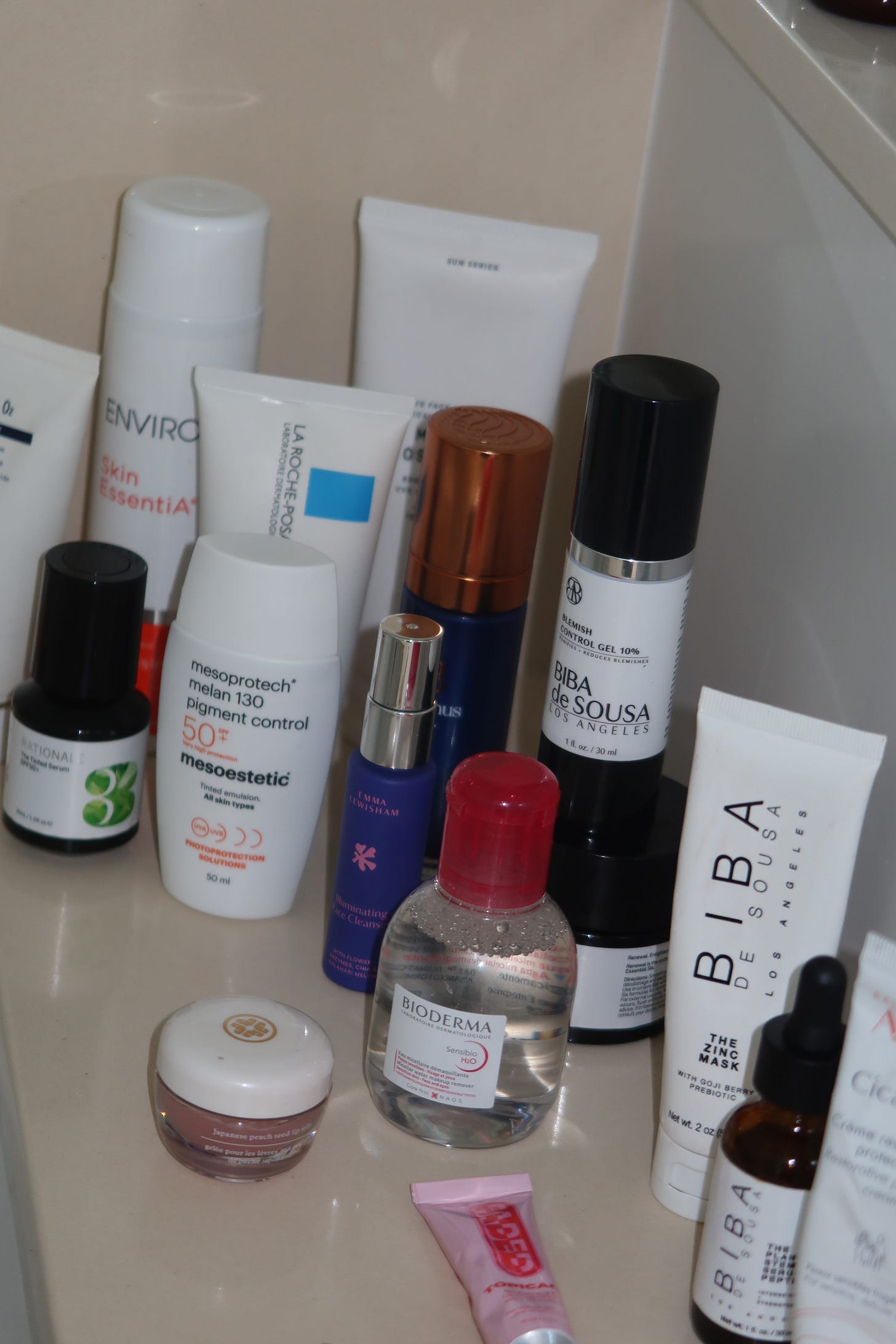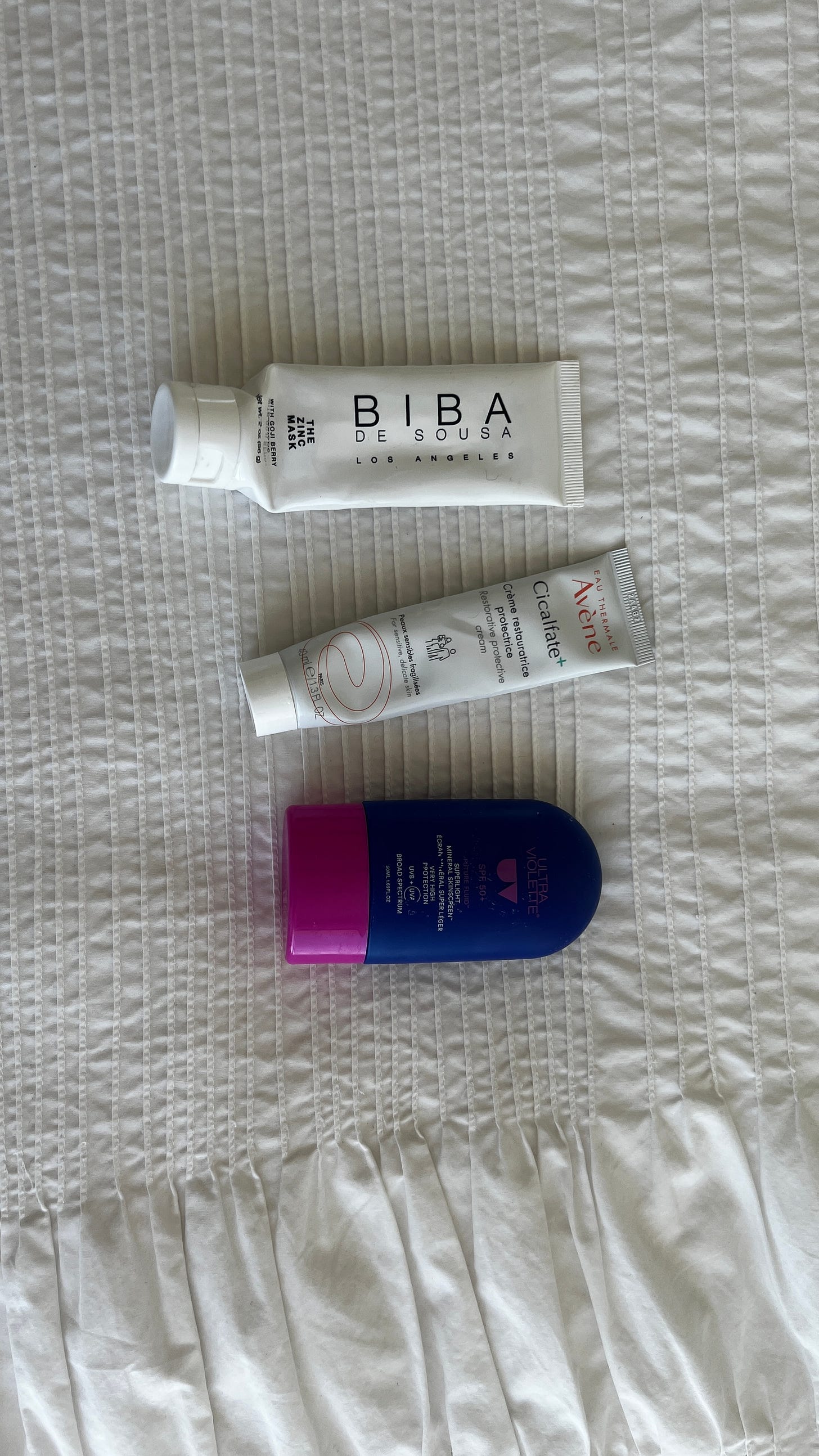An everything guide to sunscreen
A Google doc, an expert on sunscreen for acne and 78 reader favourites
If you’re reading this as an email, you may need to click “expand” or open in a new window to view in full.
A few weeks ago I shared an exhaustive guide to LED light masks. Today is a similar post, but about sunscreen. If you know anything about skincare, you know that SPF is an important step to protect you from UV damage, a leading cause of both skin cancer and sun-related ageing.
I was a teenager during peak tanning culture; we went to the beach with reef oil, not sunscreen. I feel sick when I think about it now. Australia barely has an ozone layer, and the cumulative effects of all this have shown up on my face.
There’s a lot of SPF discussion online right now (CHOICE testing, I touch on it further down), but beyond this I know how hard is it to find a good sunscreen that doesn’t feel heavy or oily, make your eyes water etc…
I asked friends, readers and colleagues for their top recommendations (I have 78 to share with you from people with concerns like rosacea, dryness, sensitivity, pigmentation, texture aversions) and my friend Brooke Cullen (she’s a skin expert and facialist at Fenn) to tell us all about acne-safe sunscreen. I also put my personal favourites on a Google Doc (from $204 to $12).
Also in this Substack —
News, headlines, saves
Product of the week
How sunscreen works (chemical vs physical)
So sunscreen can be broadly categorised into two types: chemical and physical/mineral.
Physical sunscreens contain mineral filters like zinc oxide or titanium dioxide, which sit on top of the skin and create a physical barrier. The barrier works by both reflecting and absorbing a small amount of UV rays, preventing them from penetrating the skin.
Chemical sunscreens use organic filers that absorb UV radiation before converting it into a small amount of heat.
Some sunscreens contain both physical and chemical filters.
There is no ‘better’ option, it just depends on your skin, budget, textural preference etc. Personally I prefer zinc-based physical sunscreens because I find them soothing, but I’ll use anything…
Two good links if you want more info: one from La Roche-Posay one from Skinceuticals.
SPF / TGA / Choice testing
I’m not going to spend ages talking about this because I have no actual qualifications to do so, but it came up in my Substack channel, so —
If you missed it, Choice (an Aus consumer advocacy group) recently ran blind testing of 20 popular Australian sunscreens and 16 didn’t meet their advertised SPF claims.
The big news story to come out of it was Ultra Violette (most expensive on the list, founder-forward brand). Its zinc-based Lean Screen failed, and after a lot of internal investigation has been pulled from the market.
I did reach out to the Ultra Violette comms team to see if the brand wanted to comment. They took my call (happily) and when we spoke, investigations were ongoing and they couldn’t share much, so I held this Substack. This past Friday, Ultra Violette released a statement pulling the SPF along with other product SPF findings. The pulled one, Lean Screen, is the only formula they made with a third party manufacturer. It’s called into question other brands that formulate with this manufacturer… Lots of discussion on Estee Laundry.
It’s essentially a sunscreen testing problem, not just an Ultra Violette problem, but Ultra Violette is the fall brand because of the Choice report.
Three good videos from qualified skin experts that explain the situation better than I ever could: Hannah English, Charlotte Palermino, Michelle Wong of Lab Muffin.
It’s pretty concerning, but Ultra Violette is taking it seriously. I’ve not used Lean Screen in years (my favourite formula is Future Fluid) and have never personally had an issue. I would confidently continue to use UV products and will (just my opinion).
Last note — in Australia a sunscreen will have an ‘AUST L’ code on the packaging that indicates the product has been "listed" with the Therapeutic Goods Administration (TGA), meaning it’s been assessed for safety and quality. All the sunscreens caught up in the Choice testing had this code.
What sunscreens you’re all using
Okay, now your 78 favourite sunscreens crowd sourced from Substack threads and my Instagram DMS (pictured and linked below):
Keep reading with a 7-day free trial
Subscribe to The Rich Creme to keep reading this post and get 7 days of free access to the full post archives.






